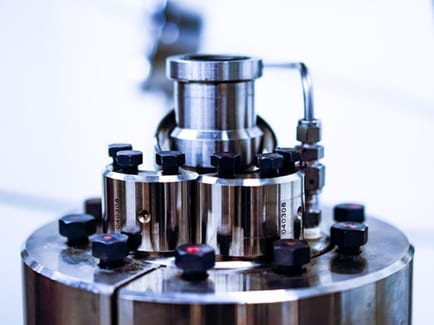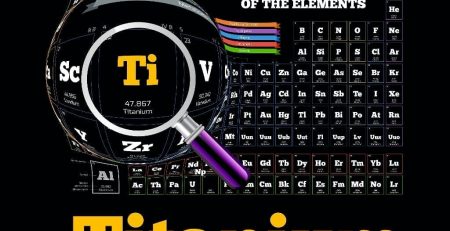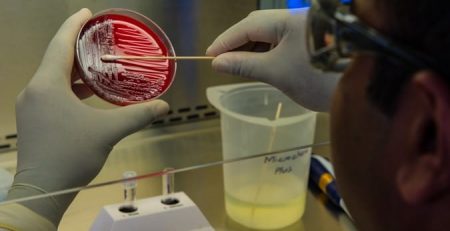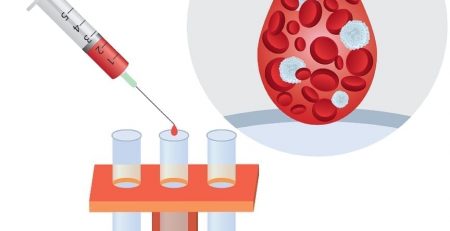What Are The 3 Most Popular Laboratory Extraction Methods for Isolating Cannabinoids & Terpenoids?
Today we have a special guest article written by Eric Van Buskirk of DopaSolution.com about Cannabinoid and Terpenoids extraction:
For centuries, extraction has been used by civilizations around the world to harness the beneficial compounds and components in plants. Primitive chemical processes separated desirable plant matter from harmful or unusable material, giving our ancestors valuable dyes, teas, medicine and tinctures. In recent years, the process of extraction has given us access to the 113 known cannabinoids and over 200 known terpenoids in the marijuana plant. This has proven to be a tremendous boon in the fields of medicine and therapeutics.
But how much have our methods of extraction matured with the aid of modern-day lab equipment? In this post, we take a brief look at the three most popular processes of terpene and cannabinoid extraction.
Method #1: CO²-Based Extraction
CO²-based terpene and cannabinoid extraction is a preferred laboratory extraction method by many cannabis product manufacturers. This is mostly due to the absence of a reagent, which reduces the clean-up time and cost for every yield. The process is simple: carbon dioxide is used to separate cannabis compounds from unwanted plant matter. This is achieved by using a combination of heat and high pressure to put the CO² into a “supercritical” state. Specific compounds can be extracted by adjusting variables in pressure, temperature and process duration.
Once the desired cannabis compounds are extracted, the supercritical CO² is run through a condenser in order to revert it to a usable liquid form.
Method #2: Alcohol or Ethanol-Based Extraction
While the CO² method is preferred for not requiring the use of a reagent, alcohol-based extraction uses a solvent (usually ethanol) to separate and filter out plant material from target compounds. This process is usually carried out in a closed-loop ethanol extractor. Once extraction is complete, the alcohol solvent is eliminated by way of evaporation.
This method does have its upsides over the CO² method, including less expensive lab equipment and zero risk of toxic residue in the final cannabis extract.
Method #3: Propane or Butane-Based Extraction
Propane and butane-based extraction uses a combination of either as a solvent, together with a laboratory-grade pressurized extraction system to create hash oil. Cannabis is combined with the solvent and subjected to a combination of heat and pressure before the solvent is evaporated under a vacuum. With correct levels of pressure and temperature (depending on usage of either butane or propane), a clear sheet of hash oil containing terpenes and cannabinoids is produced. These sheets of hash oil are more commonly known among extract enthusiasts and producers as “shatter.”
Creating shatter via the propane or butane method is the most economical extraction process in terms of equipment and running cost. However, it is also the riskiest in the hands of the inexperienced.
The Continuing Rise of Natural Medicine
It’s worth noting that terpenes aren’t found solely in cannabis. Terpenes are found in nearly all plant life, from pine trees to flowers and fruit. The extraction processes for some of these terpenes may use less elaborate laboratory equipment, such as in steam distillation.
As we study and discover more cannabinoids and terpenoids in the marijuana plant, it’s likely product manufacturers will be able to use our present day methods of extraction to produce an even greater variety of isolates, concentrates, and other health supplements.
You can read more about the processes by visiting https://www.true-blue.co/blogs/news/everything-you-need-to-know-about-terpene-extraction














